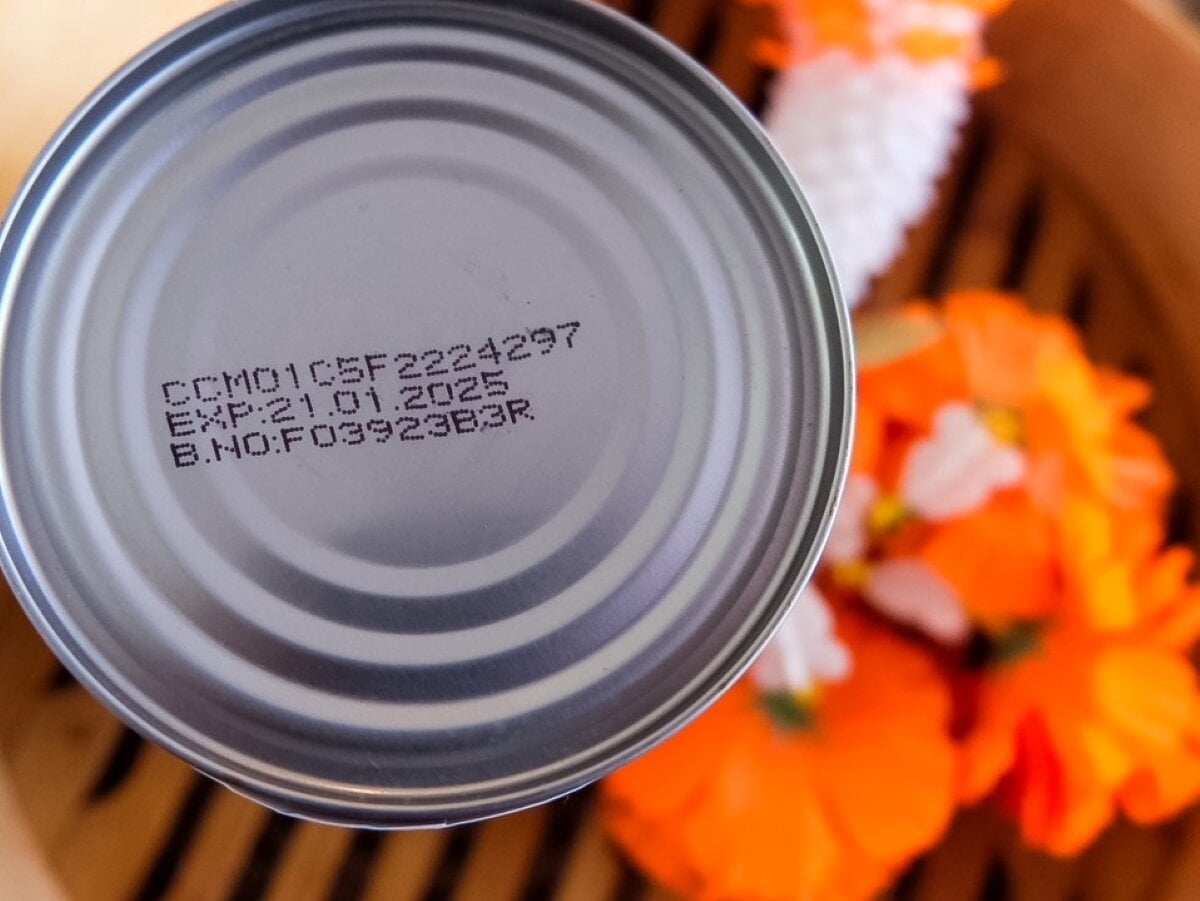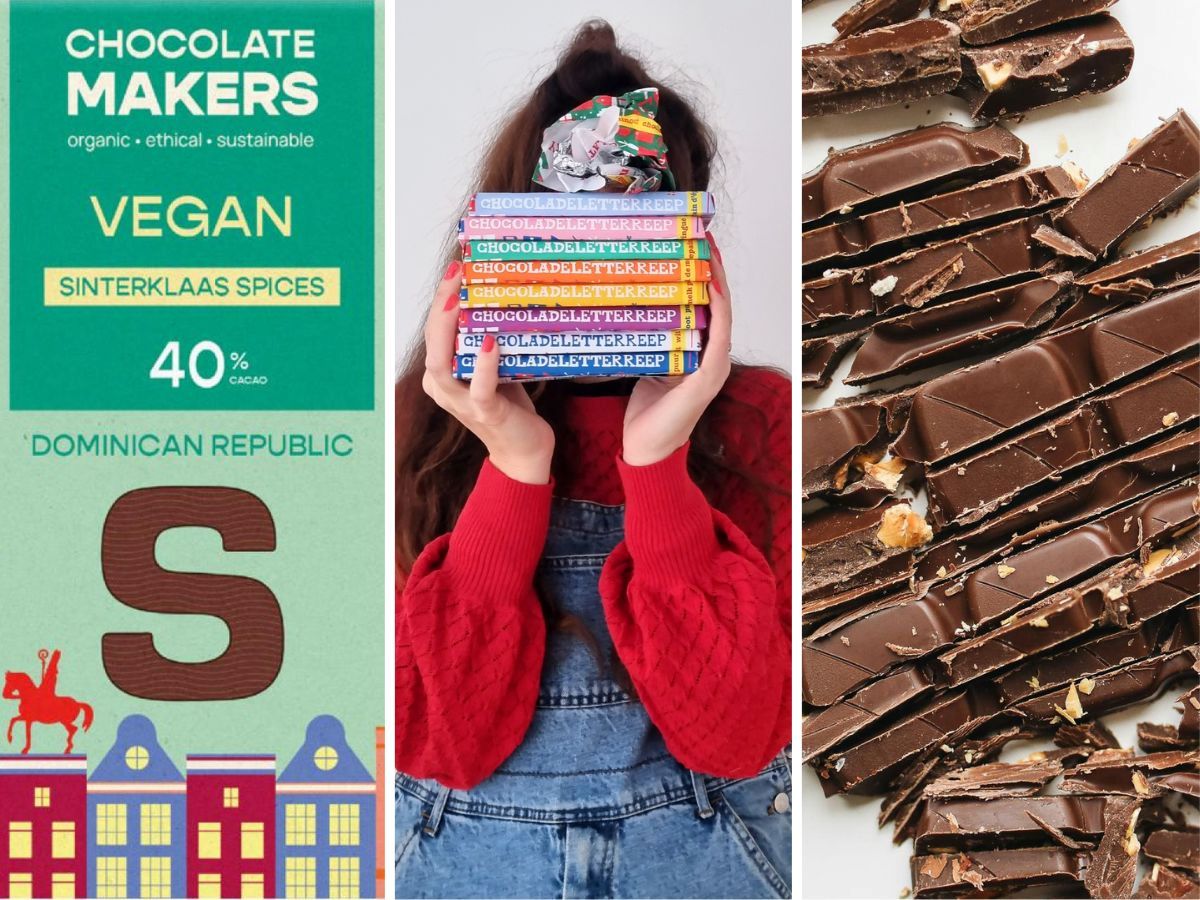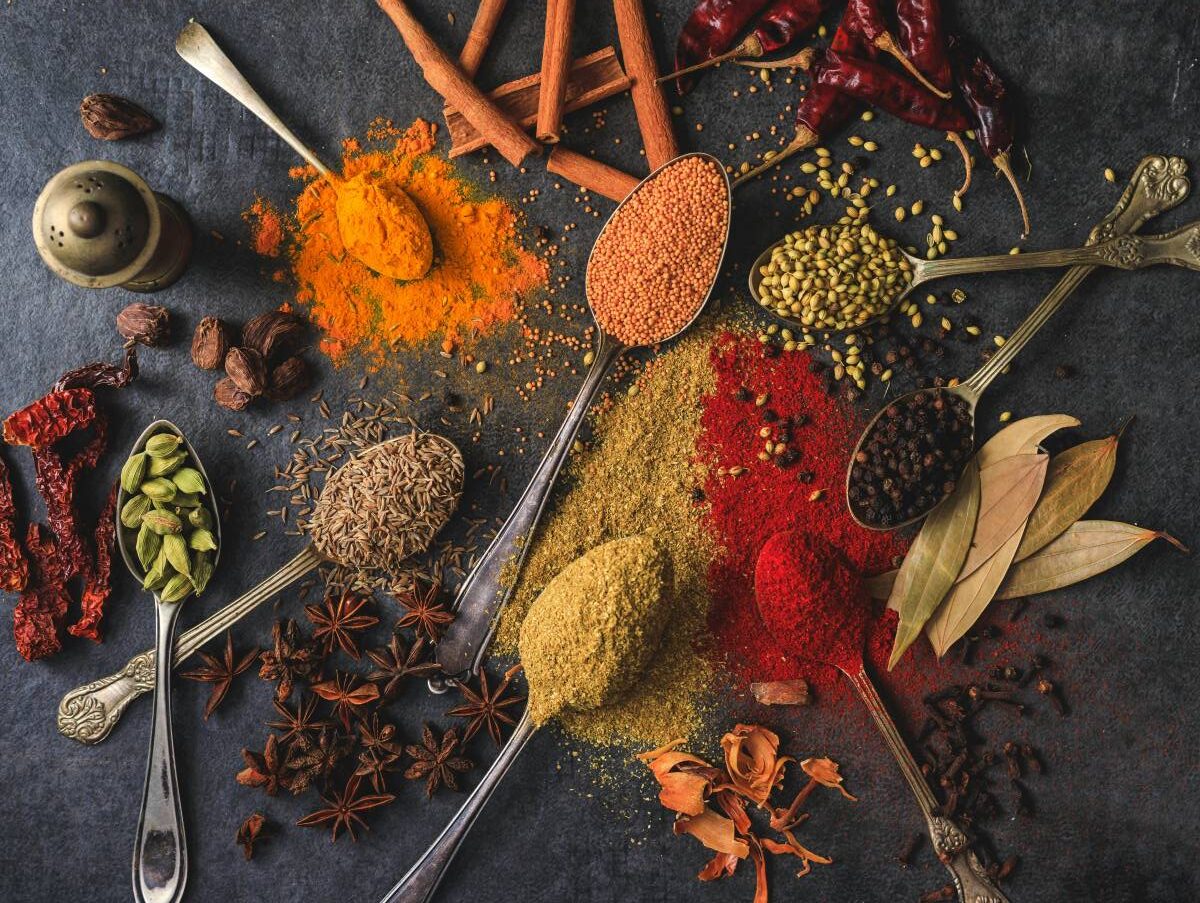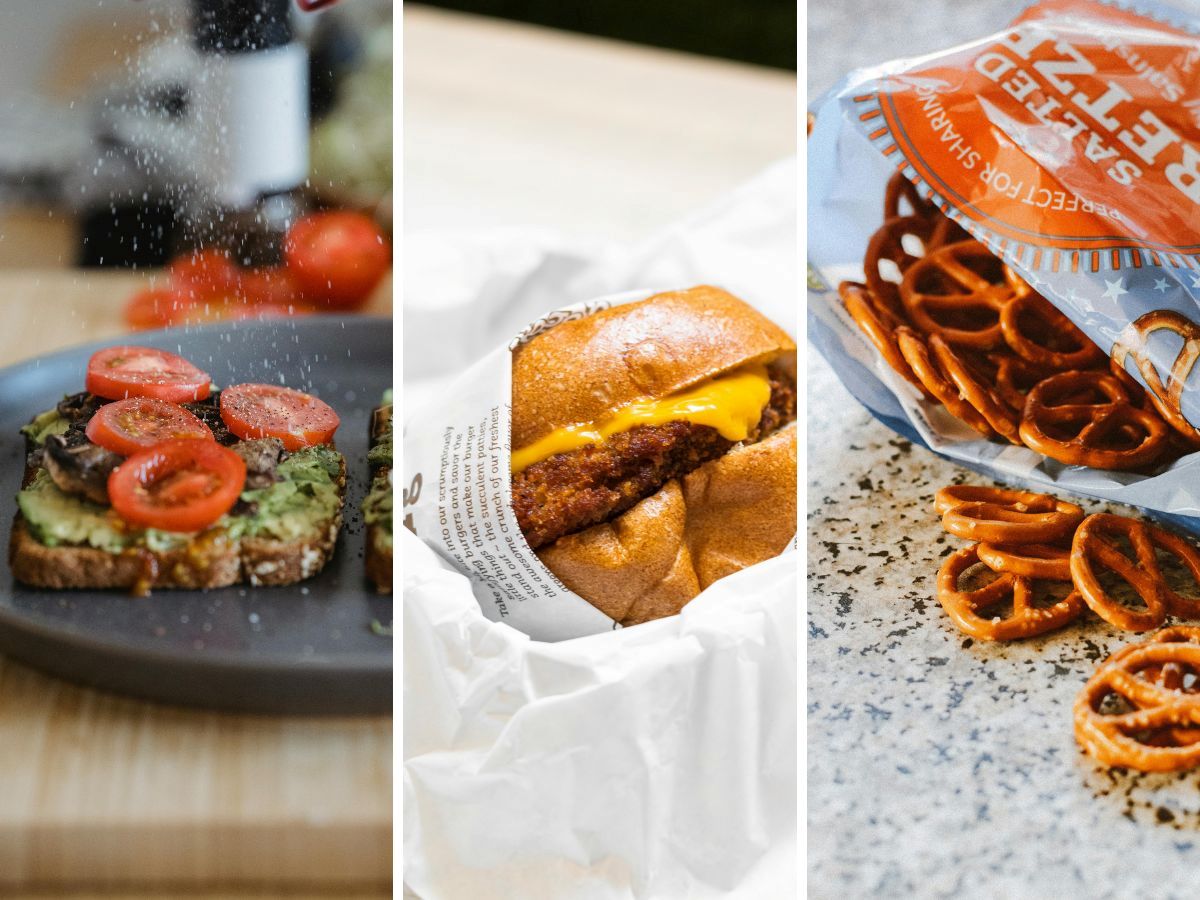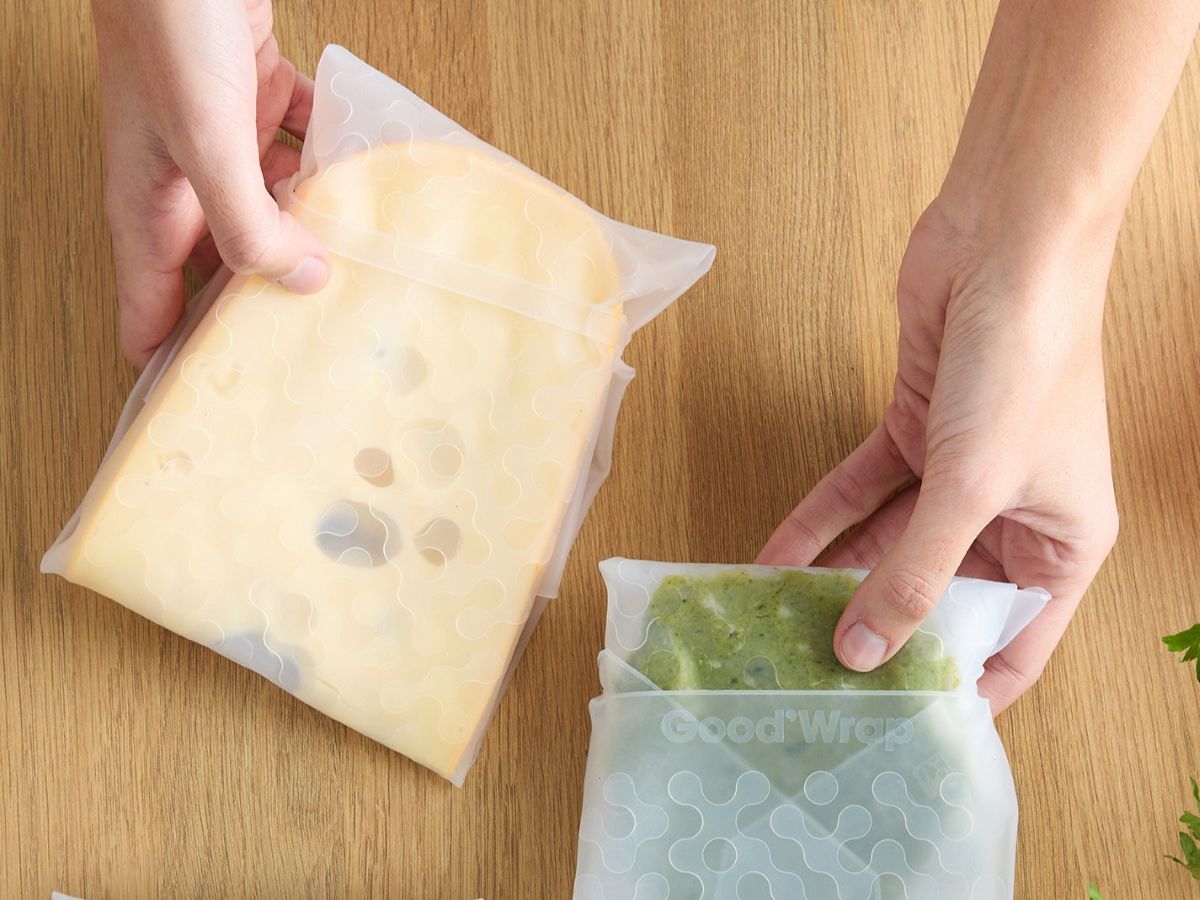Expired THT, get rid of it? No way, it's usually not necessary at all! A THT date can be found on almost all foods and products you buy in shops. To put it briefly: usually you can still eat the food after the THT date without any problems. That's good to know, because it means you don't have to throw away products unnecessarily. However, the taste, smell or colour may deteriorate. In addition to the ‘best before’ date, you will sometimes come across a TGT date. This stands for ‘use by’. What is the difference and how closely should you take the corresponding best-before date warnings?
If, as a manufacturer, you market a food product, you are almost always required by law to include a best-before date on the label. This makes sense, as it prevents consumers from running a health risk. The law that deals with this is called the Commodities Act Decree on Preparation and Treatment of Foodstuffs and is enforced by the Netherlands Food and Consumer Product Safety Authority (NVWA) retained.
What is the difference between the TGT date and the THT date?
The Netherlands has two different designations, ‘best before’ (THT) and ‘use by’ (TGT). The latter indication is found on fresh products that spoil quickly, such as meat and fish. Up to the TGT date, the product is safe to eat, after that it cannot be guaranteed and is better to throw it away. The THT date is less strict and is a quality guarantee rather than a warning about the safety of eating the product. However, a product that has reached its expiry date may taste less good, smell different or have a different colour.


Left: products past their TGT date are better not to be eaten. Right: with a THT date, you don't have to be so strict.
Atleast best before: Don't throw away your food unnecessarily!
The THT and TGT dates are great guidelines to stick to, but it is important to keep a close eye on the difference between the two indications. The average Dutch person throws away almost 33 kilos of food, while that could be at least five kilos less if we were more judicious about the expiry date of products. THT means atleast best before - not that you absolutely cannot use the product after that. Unfortunately, this is where things still often go wrong, as consumers think the THT date is an end date and throw away the product, when you could still have eaten it just fine.
In doubt about the expiry date?
In doubt about the shelf life of the product that was still in the back of your cupboard? A useful tip is to exercise your senses. Your eyes and nose are your best counsellors. Does the product and still look appetising? Is the packaging still sealed? Do you see no mould, lumps and dirty spots? No weird or musty smells? Everything check? Then taste a little bit. Is the taste OK too? Chances are there is nothing wrong and you can still use that product just fine.
Of course, the difference between the THT and the TGT date also makes you curious as to why you can still eat one product after the best-before date, while it is better to throw others away. Anyone with a bit of common sense understands that it is best to eat meat and fish the day they are opened and that it is best to keep meat products in the fridge for a while, but that you should also keep a close eye on the date. But what about milk or, say, orange juice?
Microbial spoilage: to be used until
There are several reasons why a product can no longer be used, the main one being microbial spoilage. Microbial spoilage - what's in a name - is caused by bacteria and these can include pathogens such as salmonella and listeria. The presence of mould, a foul smell or even bugs naturally indicate a spoiled product, but unfortunately your senses do not always help you. Normal food spoilage (rotting, acidification, protein splitting) can be smelled or seen, but the presence of harmful micro-organisms cannot always be smelled, seen or tasted - even though they can be the cause of food infection or food poisoning. That is why the TGT date is compulsory on perishable products. And that you want to keep to this best-before date.
Physical and chemical spoilage: best before
Innocent forms of spoilage, are physical and chemical spoilage. These forms cause a product's properties to change, which is why they say a product deteriorates in quality after the THT date. Tough crackers, soggy biscuits, chocolate with a white coating on it and discoloured vegetables. Even a wrinkled apple suffers from physical spoilage. It does not make you sick, but it does make you taste less good.
Expiry date not always necessary after all
So although the requirements for stating a best-before date are quite strict, a best-before date is not always necessary. There are some product groups that hardly ever spoil, so producers of these products are not obliged to put an expiry date on the packaging. Nevertheless, they often choose to add an expiry date. These include, for example, the following products:
- Coffee and tea
- Rice
- Flower
- Vinegar
- Yeast
- Honey
- Chewing gum


Left: for some products like rice, producers are not required to include an expiry date. Right: combat food waste and score a product whose expiry date is approaching.
Proper storage ensures longer shelf life
Ideally, of course, you should use your products before whatever expiry date has passed. Smart storage, organising your pantry fifo (first in first out) and conscious grocery management will ensure you don't have to throw away products. We previously wrote an article on storing your ingredients for longer and also we've picked out the perfect layout for your fridge.
Cans and jars (provided the can has not bulged) are often still good for years after their sell-by date. Products such as crisps, sweets, chocolate, peanut butter and jam, cereals and butter can also be used perfectly well after their sell-by date. Even desserts, cakes and milk products like yoghurt can still be used after their best-before date if they are kept well cool - in that case, trust your senses again or check the Food Centre's website. There you will find a smart tool To check how long you can use your products after opening.
Best before?
Do you still have products in the house that are close to their TGT or THT date? By cleverly combining them, you will undoubtedly conjure up a tasty meal with these ingredients. With a well-stocked pantry you never miss out and make something tasty in no time with products that need to be used quickly. Do you have meat in the house that is about to expire or have you saved a little too much fresh produce from the discount shelf in your supermarket? Then it is a good idea to heat these fresh products in advance. Then they will keep longer, up to an extra day or two. In short: by reading carefully and using your senses, we can be a bit lenient with the best-before date. Saves another five kilos waste!
More sustainable tips from thegreenlist.nl
- Wondering about all those labels on food packaging? We looked into it for you!
- How fresh are fresh fruit and vegetables really? You can read it here.
- What do you do with old bread? Tips for five recipes!
Sources: Consumers' Association, The Nutrition Centre. Photo credits: main image, TGT and THT date: Mahlee Plekker, rice: Polina Tankilevitch (Pexels), bin together waste less: Angela de Vlaming.

